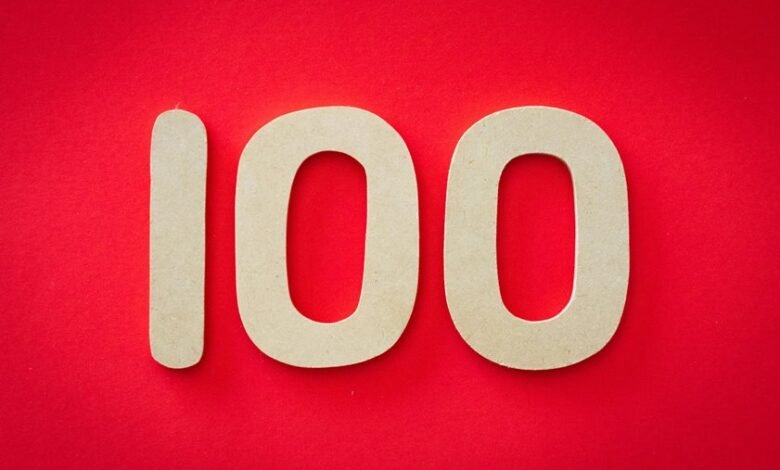7054080289: Number Breakdown

The number 7054080289 exhibits intriguing mathematical characteristics, notably a digit sum of 64. An analysis reveals its unique factorization properties, particularly its inability to be expressed as a product of smaller primes. This prompts a closer examination of its divisibility and potential patterns. Furthermore, the cultural significance of its digits adds an additional layer of complexity. What other insights might this number conceal within its structure?
Mathematical Properties of 7054080289
The number 7054080289 exhibits several intriguing mathematical properties that warrant analysis.
Its digit sum, calculated to be 64, suggests insights into its divisibility.
Furthermore, the exploration of its prime factors reveals that it cannot be expressed as a product of smaller prime numbers, indicating its unique position in the numerical landscape.
Such characteristics invite deeper examination of its mathematical significance.
Factors and Divisibility
While exploring the factors and divisibility of 7054080289, it becomes evident that this number presents a unique challenge.
Analyzing its prime factorization requires applying divisibility rules effectively. Initially, one must determine if 7054080289 is divisible by smaller prime numbers.
This methodical approach allows for a clearer understanding of its factors, ultimately revealing insights into the structure of this intriguing number.
Patterns and Significance in Various Contexts
Understanding the patterns within numbers like 7054080289 reveals their significance across various mathematical and real-world contexts.
The numerology significance attributed to such numbers often reflects deeper insights into individual characteristics or societal trends.
Additionally, cultural symbolism associated with specific digits can inform beliefs and practices, highlighting the interconnectedness of numbers with human experience, perceptions, and values across diverse cultures.
Conclusion
In summary, the number 7054080289 is not merely a collection of digits but a tapestry woven with mathematical intrigue and cultural significance. Its unique properties, such as an impressive digit sum of 64 and indivisibility by smaller primes, invite deeper exploration. As one delves into the patterns and meanings surrounding this number, it becomes evident that mathematics is a language that transcends numbers, revealing the intricate connections between abstract concepts and the human experience.




